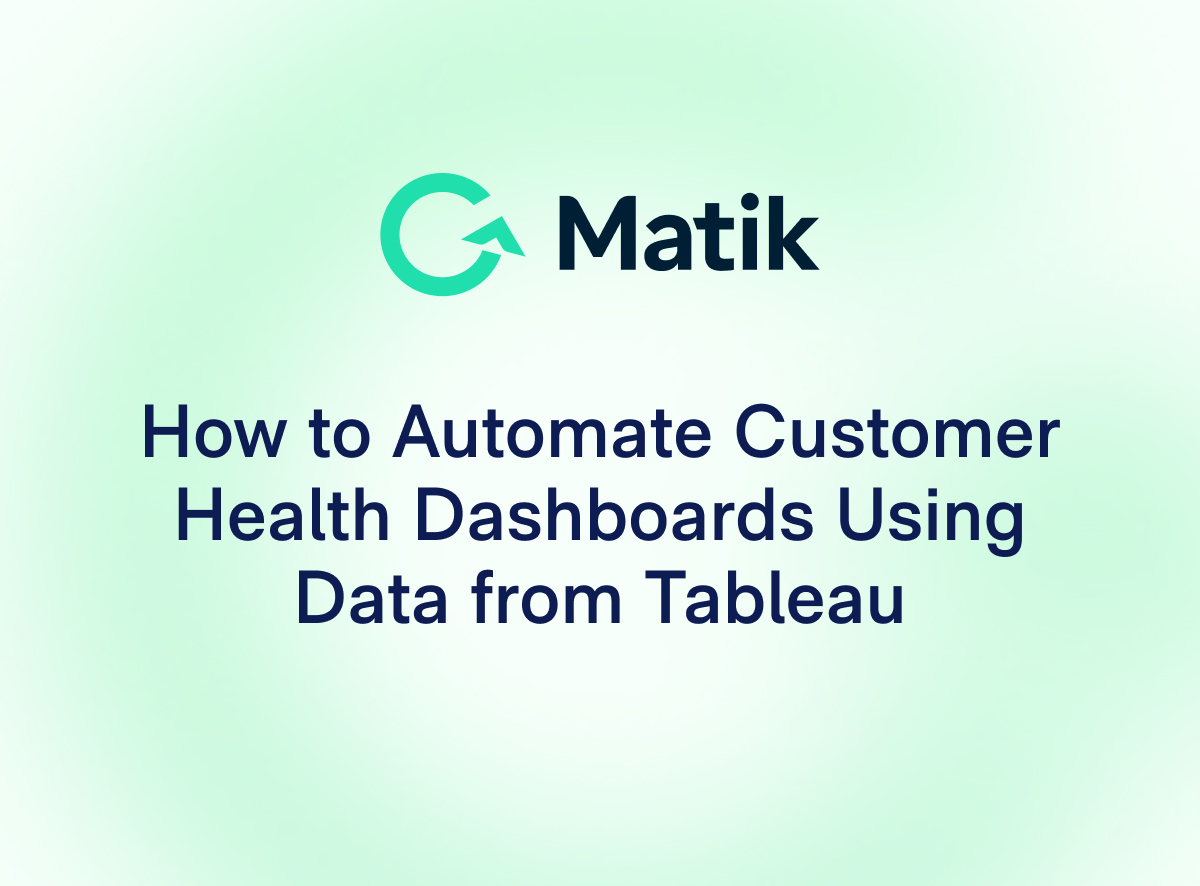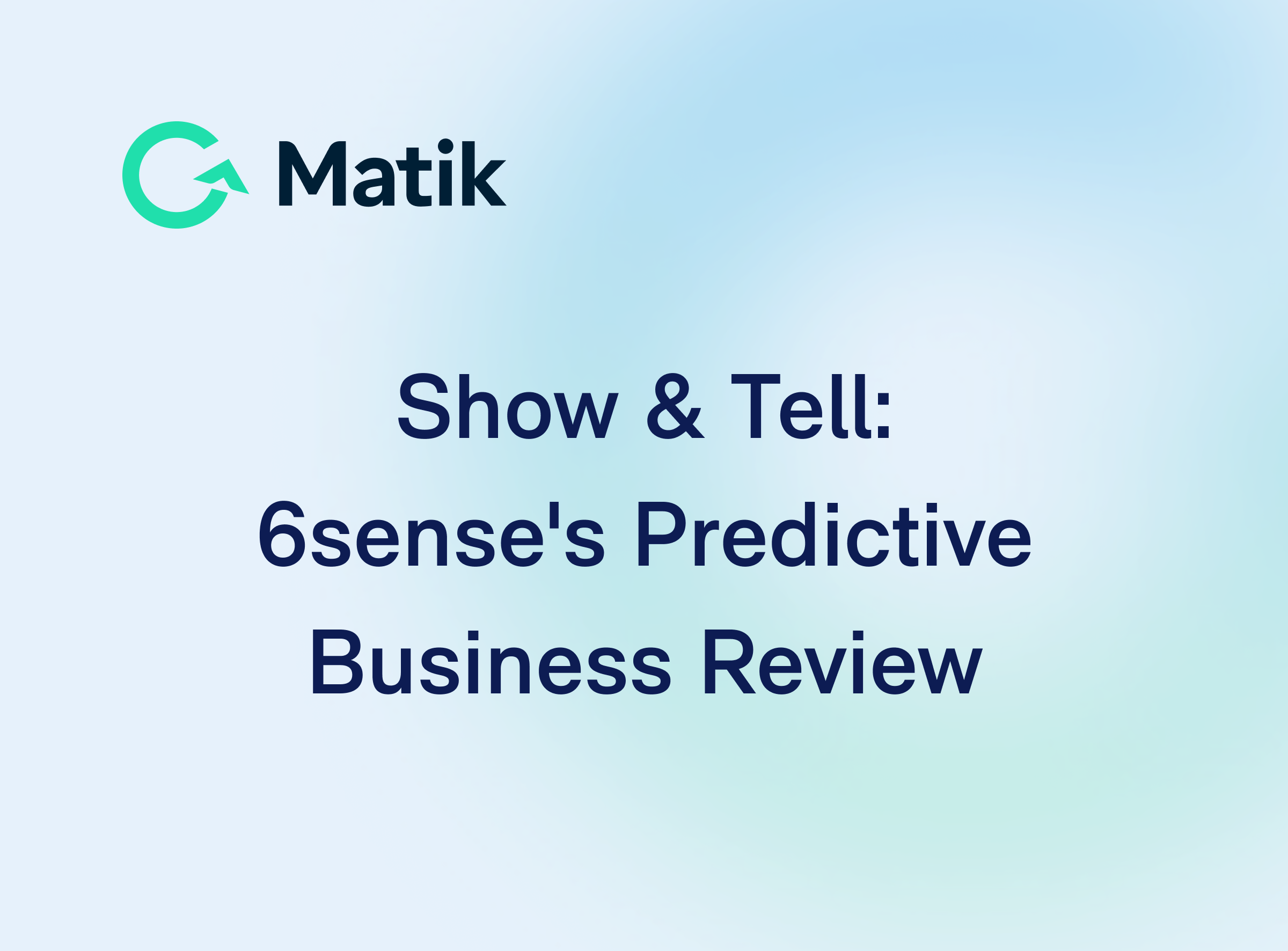Join Our Newsletter
Customer success operations, also sometimes part of revenue operations, is often considered the sidekick to customer success. But unlike Robin, Chewbacca, or Donkey, customer success operations is not there for comic relief. The best customer success operations teams make their customer success counterparts even better, even faster, even more effective. In fact, this is usually their team’s remit.
Now, customer success ops might lean towards looking at process and techstack improvements as a way to achieve this. And while they are the lowest hanging fruit, customer success operations has the opportunity to elevate their customer success teams. And that is through data.
To be clear, this does not include any of the below:
- Throwing data at them
- Dumping analyses/analytics on them
- Any kind of data-related lecture
Customer success ops leveraging data to help their customer success teams means:
- Translating data into understandable insights
- Making it easy to visualize those insights and add it customer-facing content
- Enabling the team to communicate the data confidently
By doing the above, you can help customer success teams prove the value of the product/service to customers and also position themselves as subject matter experts. Or another way of saying it - you can help them build data-driven trust with their customers, and thus stronger relationships that lead to renewal.
Translating data into understandable insights
Problem: If you’ve ever pointed a customer success team member to a BI dashboard, and told them they simply had to look at it and use X Y Z filters, then you’ve likely failed. Because what might simply be looking at a dashboard and modifying filters for you can be a daunting task for a non-data savvy team member. That fear can be especially forceful when they need this data to be accurate so they can present it to a customer.
Opportunity: Simplify the process so that it requires them to interact with the data as little as possible. Sound counterintuitive? The more you put on the customer success team member to filter and modify the data, the less confident they’ll be that they are doing it right. When you can give them the final “product,” the more sure they’ll be about it.
Making it easy to visualize those insights and add it customer-facing content
Problem: Making customer success team members determine what data visualizations to use, create it and then dump it into a presentation. Not only is marketing going to be severely annoyed at any non-branded assets being used, but this too is rife with opportunity for mistakes. Telling them which graph to use can seem straightforward for you, the data-savvy individual, but may not be for others.
Opportunity: The more you can automatically create the visualization, the happier everyone will be (even marketing)! This also gives you the opportunity to create more complex visualizations, like a line graph on top of a bar graph, while also making sure it communicates exactly what you want it to.
Enabling the team to communicate the data confidently
Problem: You deliver all of the above on a platter, and you’re done right? Wrong! Now, it’s the last mile of data enablement - making sure these non-data-savvy team members can confidently speak to the data & insights included in the content. Again, put yourself in their shoes - what’s obvious to you may not be obvious to them.
Opportunity: A combination of resources and training can do the job here. Make it easy for the team to answer their own questions about the data, and verify that they are interpreting the data correctly by listening in on recordings (like with Gong). Only then will you know if you have truly helped the customer success team unlock this next level of potential.
A recurring theme of…empathy
By now, you’ve probably gotten it - empathy is the key to all this. You live and breathe data, so what has become second nature and core knowledge for you, maybe extraordinarily unfamiliar territory for someone else. The best you can do is put yourself in the shoes of your customer success, and even get their feedback.
—
If you’re looking to automate steps 1 & 2 - query the data and automatically create the data visualizations in Google Slides or PowerPoint, then check out Matik.
---
See Matik in Action—Request a Dem















